
OR
Infographics: India's water scarcity challenge
Published On: August 14, 2019 12:05 AM NPT By: Republica | @RepublicaNepal
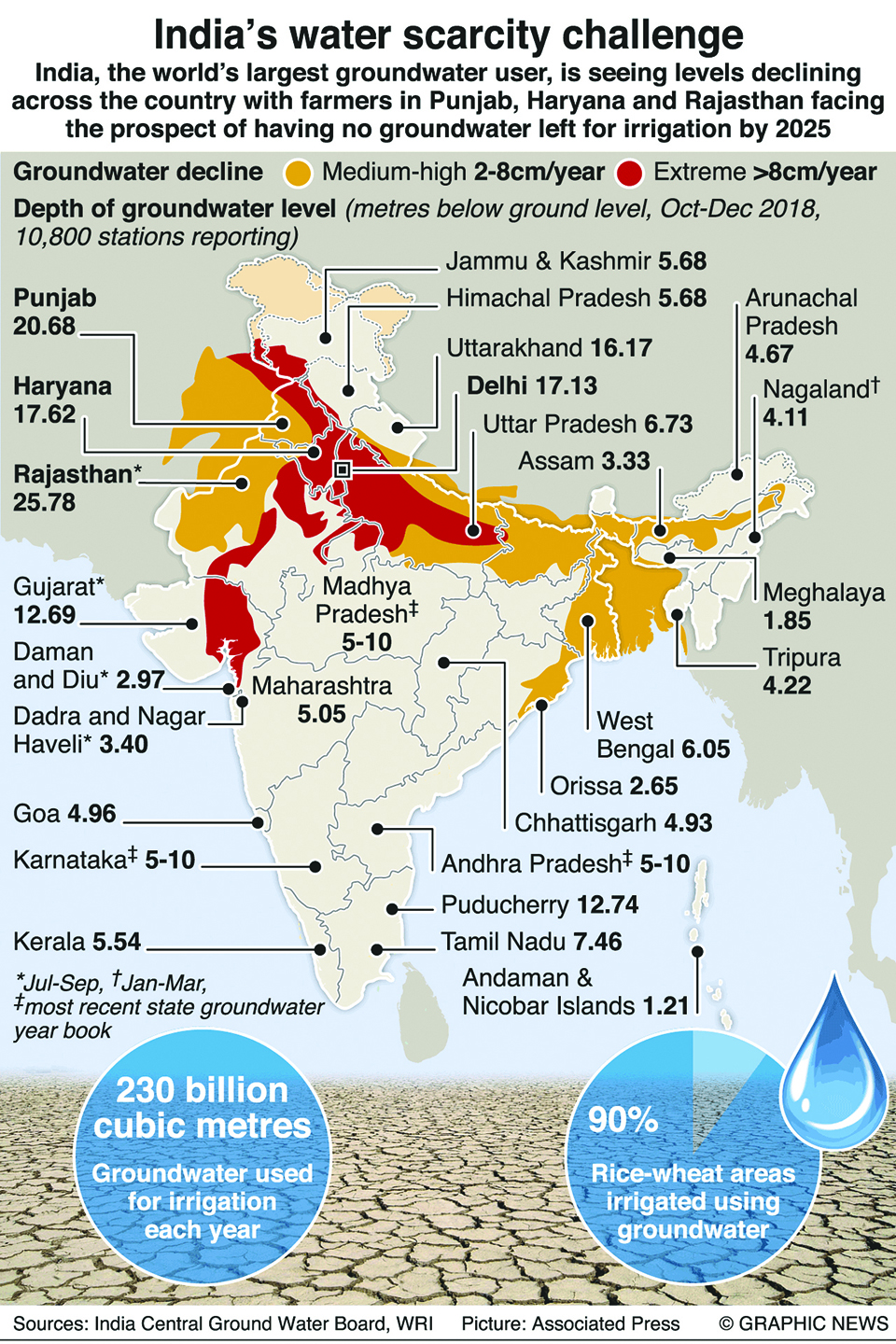
India, the world’s largest groundwater user, is seeing levels declining across the country with farmers in Punjab, Haryana and Rajasthan facing the prospect of having no groundwater left for irrigation by 2025. Groundwater, the source of 40% of India’s water needs, is depleting at an unsustainable rate, according to Niti Aayog, a government policy think tank. India accounts for 12% of global groundwater extraction, pumping some 230 billion cubic metres each year. At this rate, by 2030, nearly 60% of the aquifers will be in a critical state.
Consecutive years of weak monsoons, massive deforestation, poor rainwater harvesting and pollution of rivers and lakes have led the country to depend on groundwater. More than 90% of the rice-wheat areas in north-west India are irrigated using groundwater. A study using data from NASA’s “Grace” mission found that India’s Indus Basin aquifer to be one of the most overstressed aquifers in the world. “I believe we need to explore the world’s aquifers as if they had the same value as oil reserves,” said principal investigator Jay Famiglietti. “We need to drill for water the same way that we drill for other resources.”
You May Like This
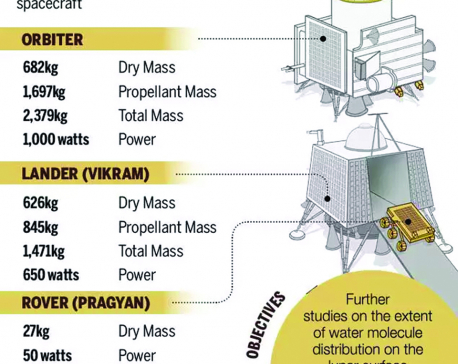
Infographics: India's second mission to moon
India is all set to launch its second mission to the Moon on July 15, 2019. Named Chandrayaan-2, the mission... Read More...

Work together to sort out water issues
One of the grievances of people living in Tarai plains along the Indian border has been that dams and structures... Read More...
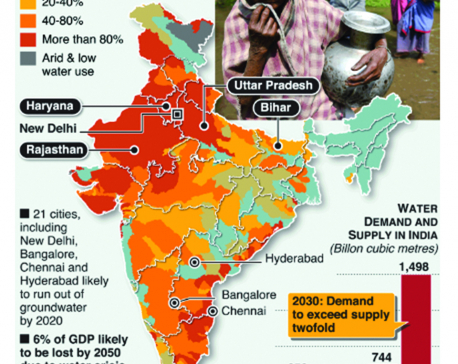
infographics: India on brink of worst-ever water crisis
India is suffering from the worst water crisis in its history with 600 million people facing acute water shortage, a... Read More...
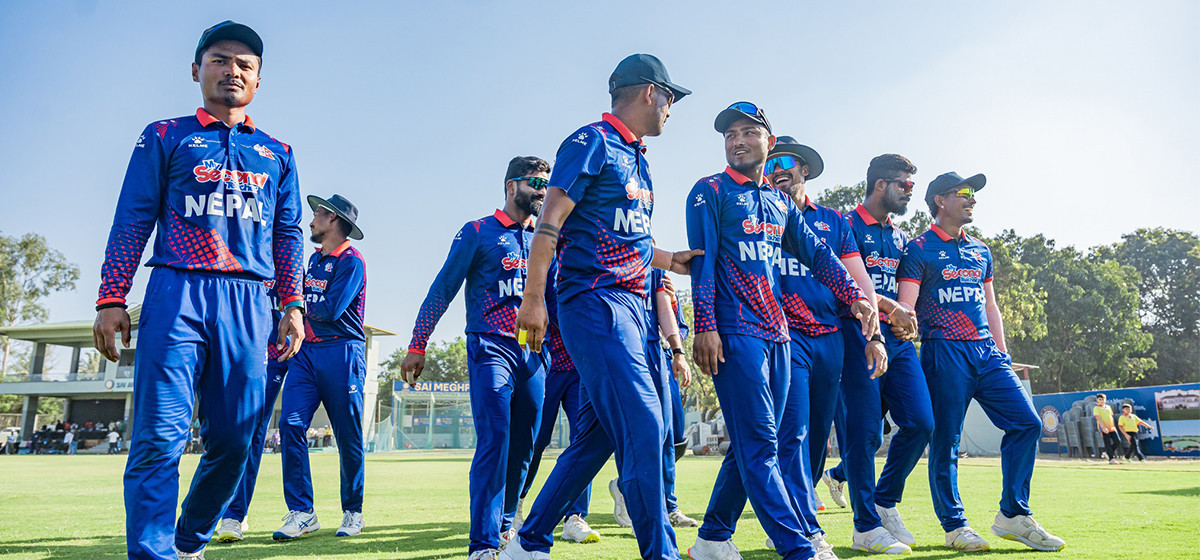
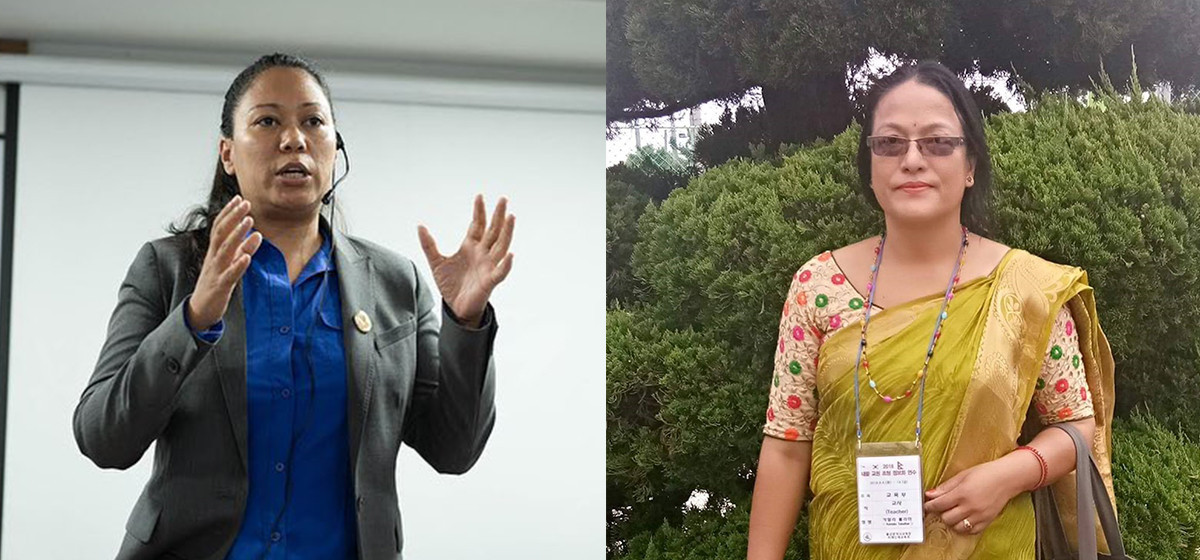
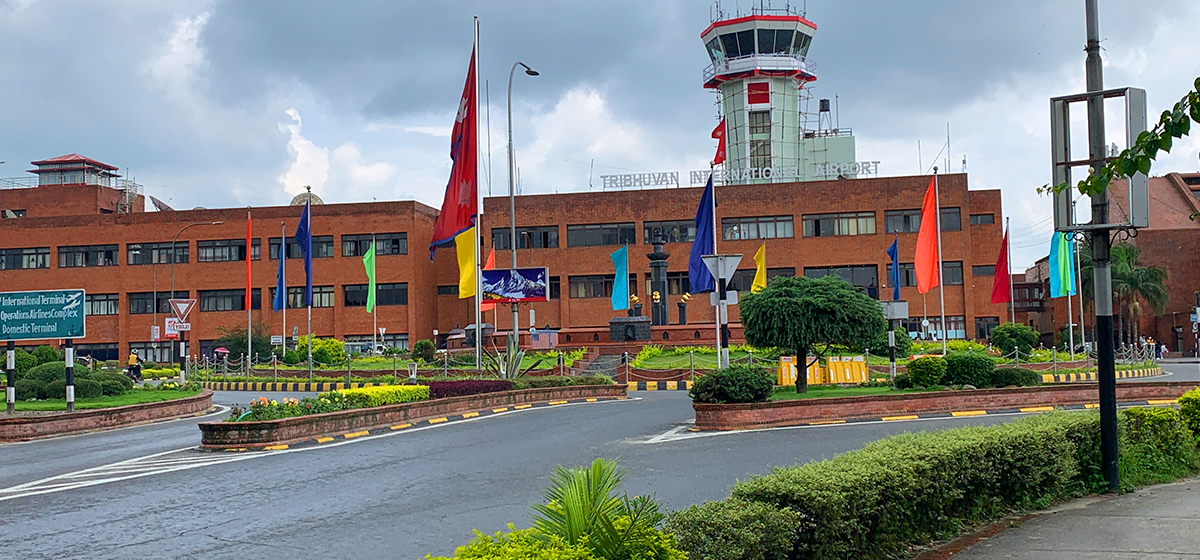

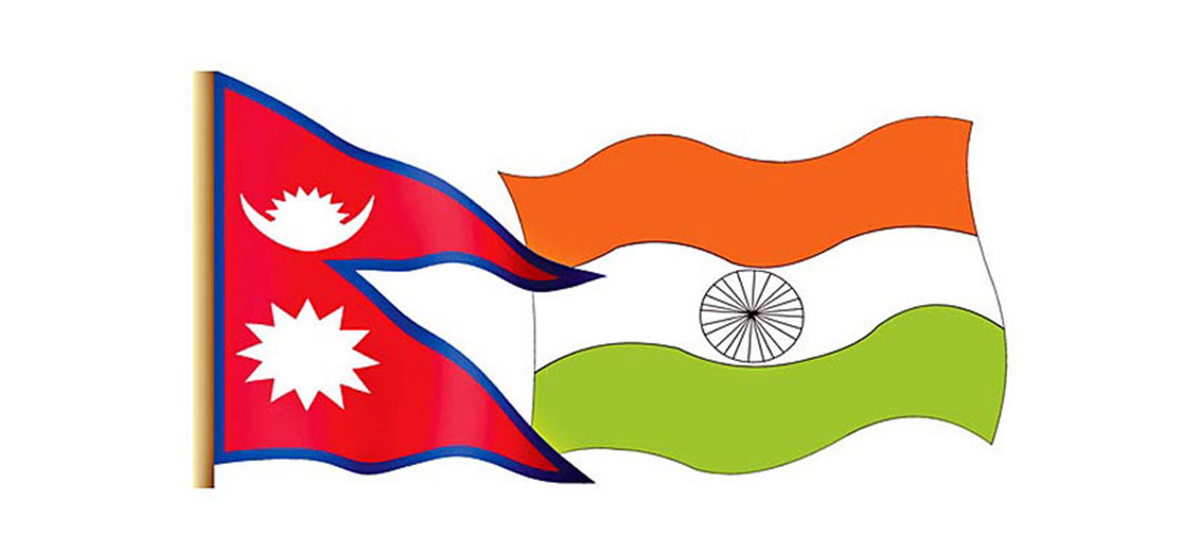
Just In
- 120 snow leopards found in Dolpa, survey result reveals
- India funds a school building construction in Darchula
- Exploring opportunities and Challenges of Increasing Online Transactions in Nepal
- Lack of investment-friendly laws raises concerns as Investment Summit approaches
- 550,000 people acquire work permits till April of current fiscal year
- Fixing a win by outlawing dissent damages democracy
- MoHP cautions docs working in govt hospitals not to work in private ones
- Over 400,000 tourists visited Mustang by road last year




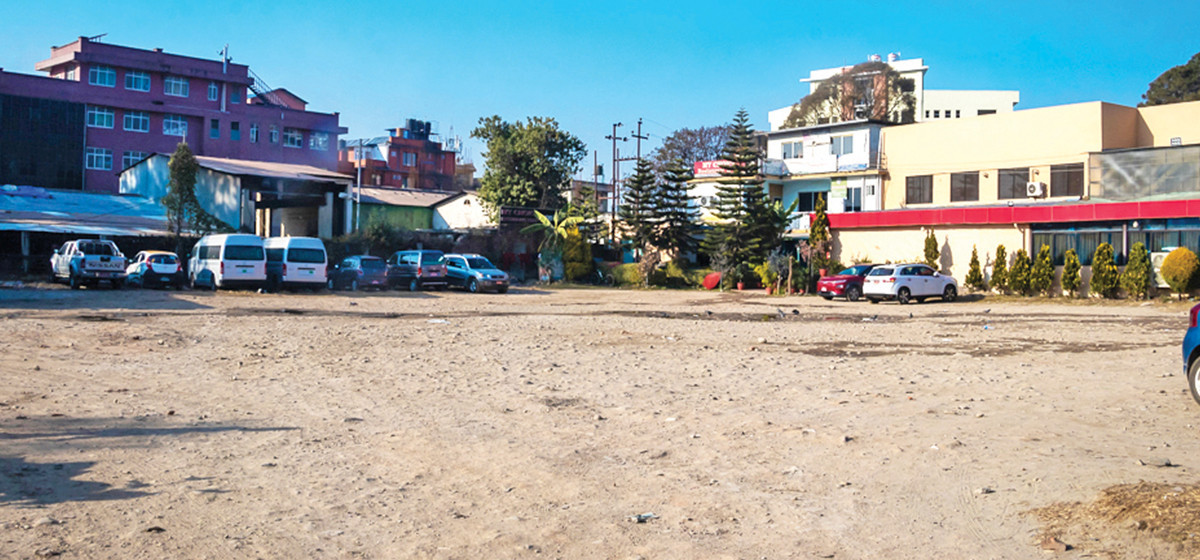
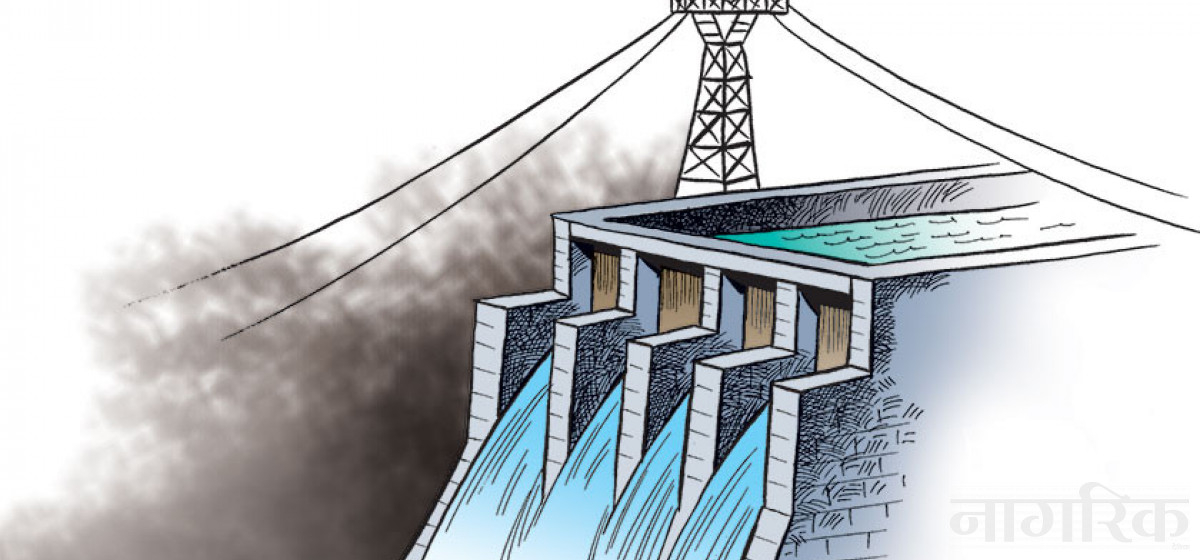
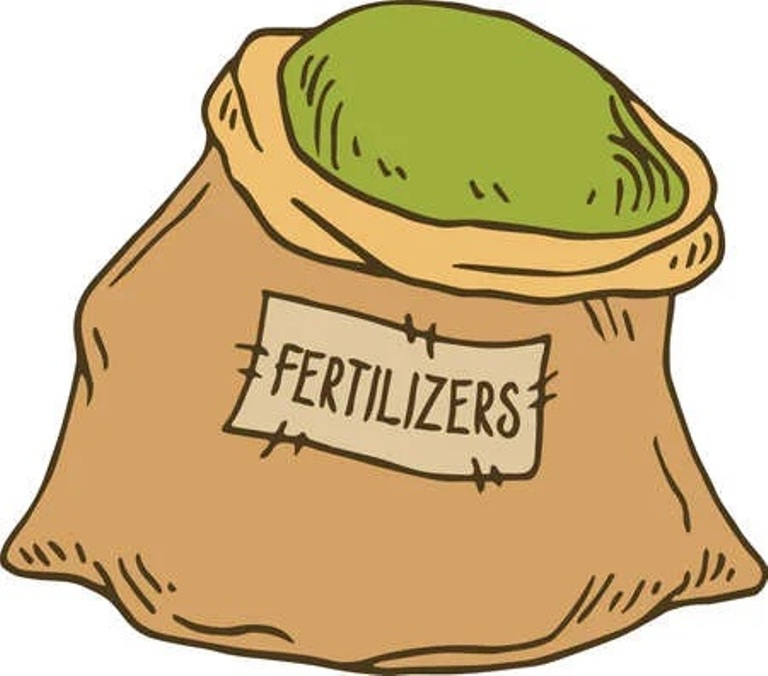

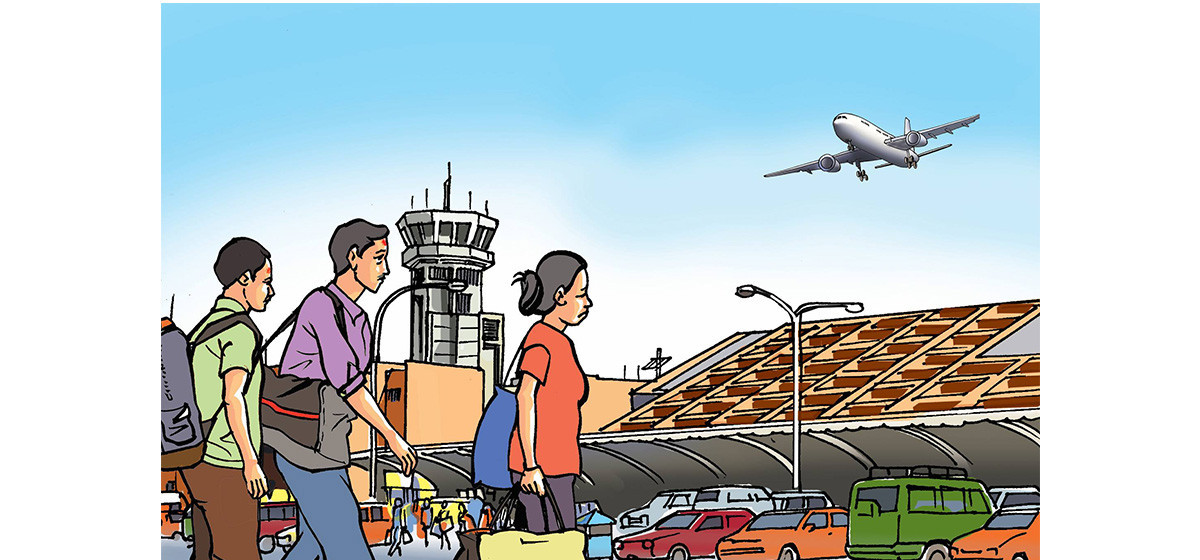

_20220508065243.jpg)

Leave A Comment